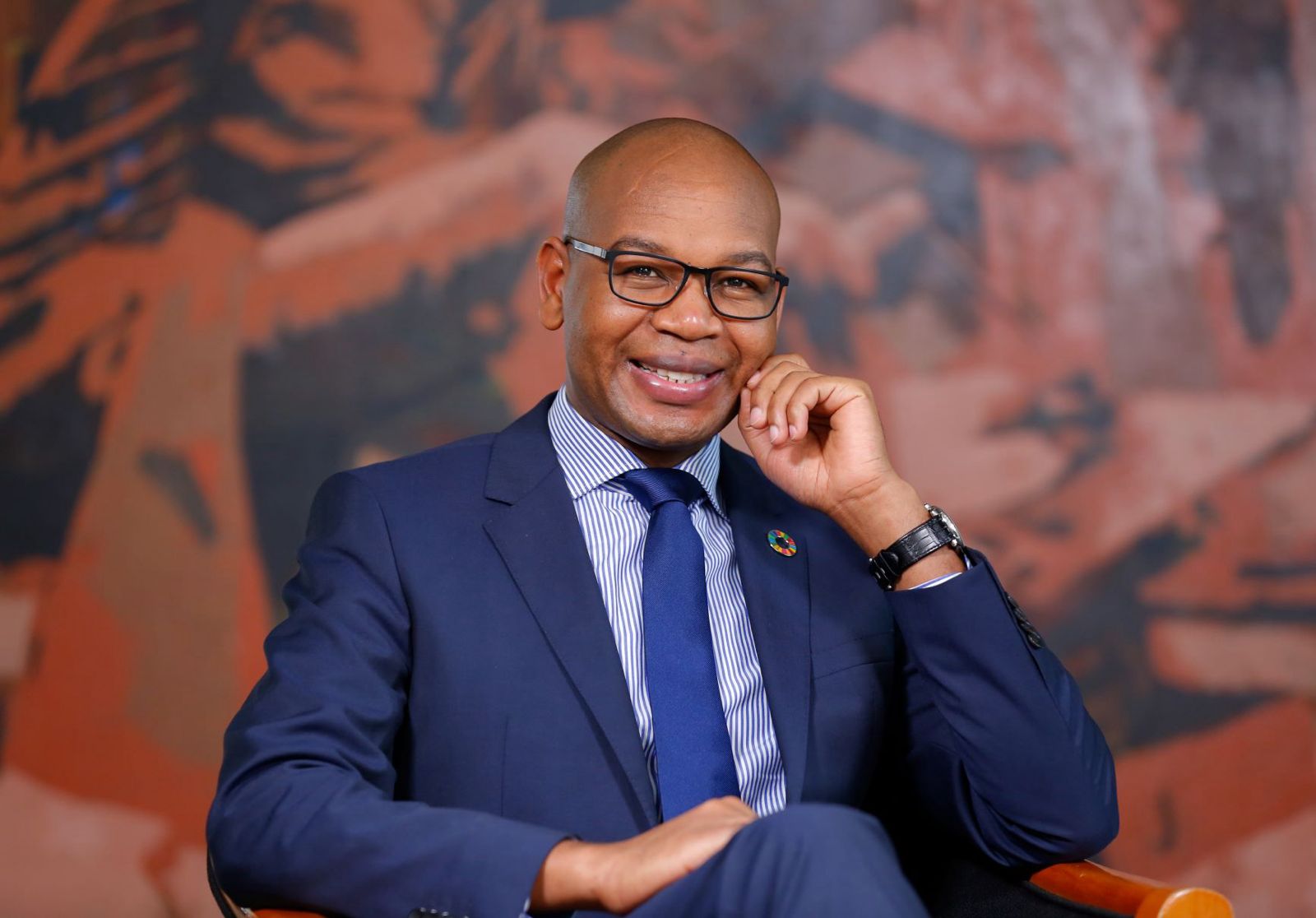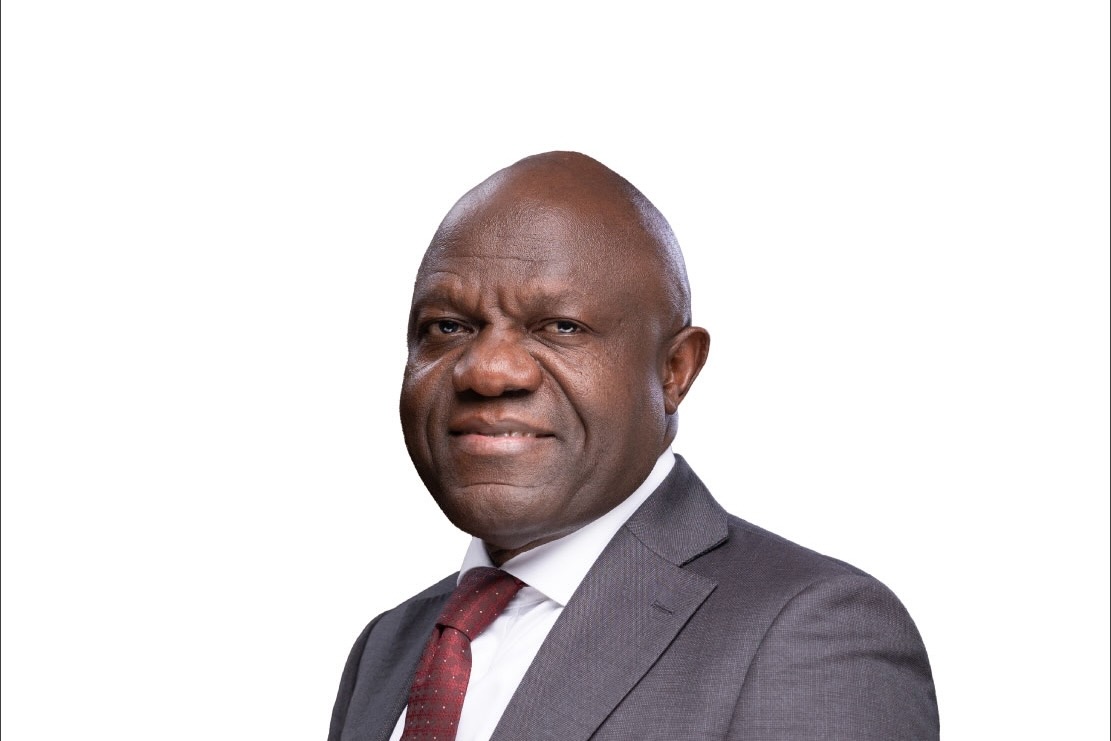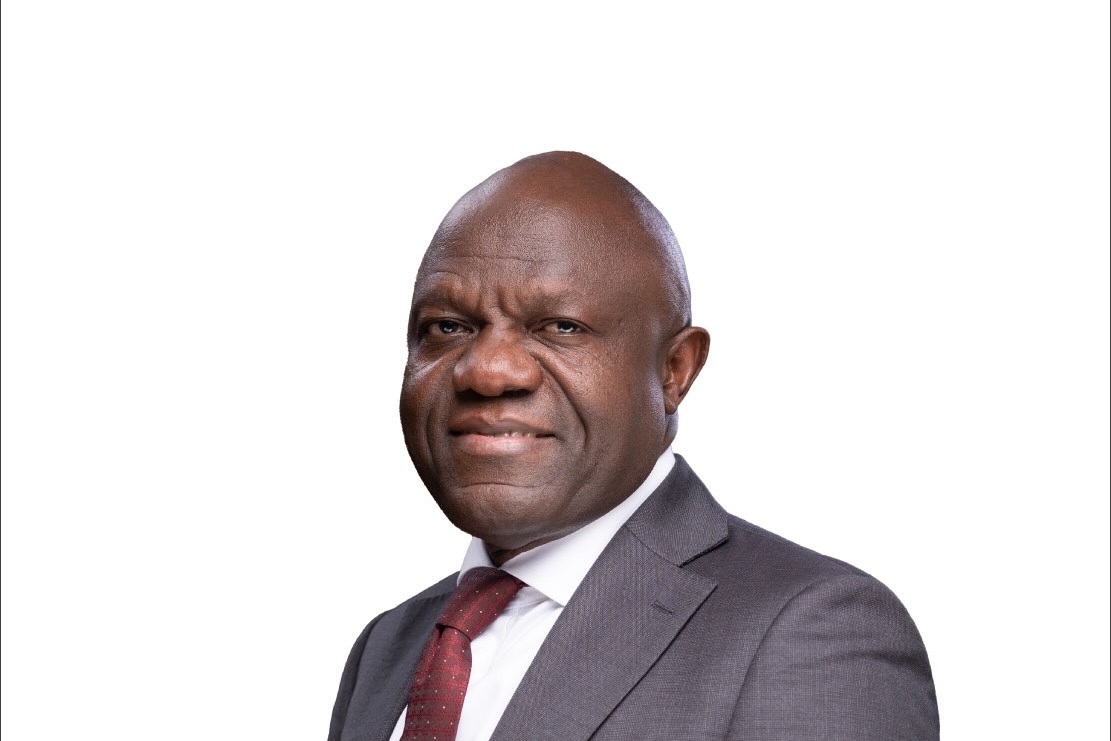Cultural dynamics, identity struggles in Busoga: from resemblance to suppression
Kyabazinga Gabula Nadiope
With the Busoga royal wedding fast approaching, speculation is growing that the selection of an individual bearing similar functions — and so to speak — resemblance to the Nnaabagereka — might be a deliberate attempt by Busoga to emulate the Buganda kingdom.
This sentiment is not exclusive to the Basoga; in fact, it is equally being echoed among the Baganda. The complex love-hate relationship between these two cultures has deep roots. If you lend an ear to the conversations, you will notice distinct biases based on different perspectives yet nowhere in Uganda have intermarriages been vivid as they are between Basoga and Baganda.
Now, these emerging allegations of the Inhebantu’s striking resemblance to the Nnaabagereka are not just what they are but one of the ongoing dynamics between these two cultures often resembling nothing short of sibling rivalry. Basoga and Baganda often hit at each other and will never stop. In the context of this complex interaction, an elderly Muganda recounts to me the origins of the name “Basoga.”
According to this account, it harks back to a time when, long before firearms took precedence, the Baganda and Basoga engaged in frequent, audacious raids against each other. It was during these encounters that the Baganda couldn’t help but acknowledge the Basoga’s remarkable mastery and skill in using spears, hence bestowing them with the moniker “Basogga,” loosely translated “the stabbers.”
Conversely, there exists an alternative narrative, also lacking credible substantiation, where an elderly Musoga recounts to me that the Baganda are referred to as “Baganda” because of the Basoga. According to this narrative, the ongoing and frequently perplexing conflicts between the two groups left the Basoga often baffled as to why their “brothers” or “Baganda baiffe,” were so entrenched in these disputes—hence the name Baganda.
Despite the shared history, the prevailing view has consistently labelled Basoga as imitators of Buganda culture. This perception has endured through the ages and extends to this day, with some even alleging that the Basoga adopt, and at times, misrepresent various aspects of Buganda culture, including names, clans, totems, attire, dance, pronunciation of words and more.
It is no surprise that the origins of these two culturally diverse yet similar groups have been a subject of frequent debate and occasional bewilderment. Both cultures lay claim to common origins traced back to figures of significance. The Basoga, particularly those in the southern regions, along with the Baganda, attribute their roots to the legendary figure of Kintu.
Meanwhile, the Basoga in the northern territories profess a connection with Mukama, linked to Bunyoro-Kitara, from which the sacred royal clans of Busoga emerged.
Nonetheless, the Basoga have long endured unfair ridicule and baseless comparisons to the Baganda, stemming from the misconception that they merely mimic the latter. It is important to note that the supposed superiority complex of Buganda is not as pronounced as it is often portrayed, and similarly, the perceived inferiority of Busoga is unfounded. It is just that Buganda has consistently held a strategic position that has bestowed upon it certain advantages, elevating it above other ethnic groups, hence the notion of “Buganda ku ntikko” or “Buganda above the rest.”
An illustrative example is found in the historical context when Buganda strategically engaged with explorers. Their primary goal was to acquire advanced firepower, exemplified by the Maxim gun, for purposes of both sub-imperialism and supra-imperialism, particularly in their interactions with Bunyoro and Busoga.
In the case of Busoga, emissaries dispatched by Buganda and British colonial authorities effectively subjugated Busoga chiefdoms, rendering them vassal states. This dynamic likely elucidates the enduring dominance of Buganda over Busoga.
In a similar context, when Semei Kakungulu was tasked with capturing Kabaka Mwanga and Omukama Kabalega during their rebellion against the colonial authorities, the ambitious soldier initially aimed to become the Kabaka. When that aspiration faltered, he redirected his ambition toward ruling Busoga.
Rather than disrupt the established cultural hierarchies in both Buganda and Busoga, the colonial administration opted to appoint Kakungulu as the president of the latter. However, this decision encountered resistance from prospective subjects, symbolizing Basoga’s resolute opposition to external rule, and contributing to their colloquial characterization as having ‘mputtu,’ or loosely translated being big-headed.
John Banalya, a concerned politician in the region, contends that because the Busoga kingdom was not organically established but, rather, artificially constituted, it faces enduring challenges in maintaining its cultural identity, leading to widespread ridicule. While Busoga has been subject to scholarly scrutiny, it continues to face unjust ridicule and marginalization.
Uganda’s historical narratives are dominated by Buganda and Bunyoro-Kitara, resulting in peripheral and unfavourable coverage of Busoga. An illustrative example of this bias is found in the words of Harry Johnston, a colonial administrator, who once wrote, “In many respects, the Basoga resemble the Baganda so closely in physique, manners, and customs that in describing the latter, I shall consider that I have at the same time described the Basoga….”
Harry Johnston’s assessment lacks merit but carries significant repercussions. Buganda’s collaboration with the British garnered it a unique position in the historical narrative of Uganda, as A Isiko articulates in his scholarly work titled The Nexus between Traditional Healing and Societal Organization: Reflections on Busoga Society Socio-Cultural, Economic, and Political Organization.
The utilization of Baganda to extend colonial influence into eastern Uganda resulted in the imposition of cultural imperialism upon Busoga, leaving an indelible mark of destruction and distortion on the cultural integrity of the latter. The appointment of Baganda chiefs as instruments of British indirect rule led to the subjugation of the Basoga within their own territory.
Consequently, the Basoga’s cultural identity has faced criticism for imitating and diluting Buganda culture. This perception is not unfounded, but perpetuated by widespread ignorance, historical bias such as the one illustrated by Harry Johnston, and the failure of the Kyabazingaship institution to act in educating the masses to rectify this negative impression.
To this day, Basoga probably endure the harshest ethnocultural stereotyping and labelling, with the Bakiga possibly following closely behind. This troubling trend is exacerbated, if not predominantly perpetuated, by the media. The introduction of Luganda in radio broadcasts and print media marked the onset of erosion in Basoga’s cultural identity.
Strangely, even within the Kyabazingaship, schools, churches, mosques, courts, and various gatherings, Luganda continues to be widely used, contributing to a dwindling confidence in the use of Lusoga as a means of communication.
S. Musasizi, in his doctoral dissertation titled Media Stereotypes and Subnational Identities: The Survival of British Colonial Representations of the Basoga in the Ugandan Press, points out that the persistent stereotyping and labelling of the Basoga have led to a significant loss of confidence, a decline in pride and self-esteem, as well as a sense of not belonging and feeling inferior.
Suppressing of a language represents a form of disempowerment and oppression, and its consequences have a profound and wide- reaching impact on individual and cultural identity, overall well-being, self-esteem, and empowerment.
A. Isiko underscores the significance of preserving one’s vernacular as a means of revitalizing a culture and ensuring the survival of indigenous communities.
As the Busoga royal wedding nears, it prompts reflection on the cultural challenges faced by the region. The resemblance to neighbouring Buganda raises questions about cultural identity and preservation. The complex relationship between these two cultures, marked by admiration and rivalry, highlights Busoga’s struggle to assert its unique identity. Addressing these challenges is crucial for cultural preservation and revitalization.
Source: The Observer
Share this content:




Post Comment